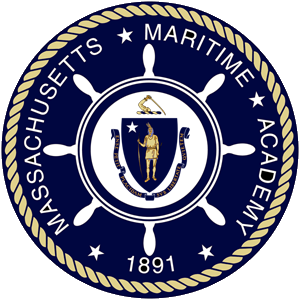RFPEW Task 3.1.H
Assist in maintaining the fires on a main-propulsion boiler during maneuvering
MMA Method
In order to satisfy NVIC 07-14 Task 3.1.H , MMA students must:
- Successfully complete MMA Assessment OICEW-4-1D Monitor engineering machinery
NVIC Method
See NVIC method.
| STCW Competence |
Knowledge, Understanding, and Proficiency |
|
For keeping a safe boiler watch: Maintain the correct water levels and steam pressures
|
RFPEW-A2.1 Safe operation of boilers
|
| Condition | Behavior | Standard |
|---|
|
On a steam vessel, on a simulator, or in a laboratory (where steam load can be varied),
|
the candidate will assist in maintaining the fires on a main- propulsion boiler during maneuvering.
|
The candidate:
- Has the required burners prepared and ready one hour before maneuvering;
- Verifies the fuel oil service system master (solenoid) valve is properly engaged for each boiler;
- Verifies the fuel oil service system recirculation valve is closed;
- Verifies the operation of the fuel oil service pump and normal discharge pressure is maintained;
- Verifies water is visible in the boiler gauge glass at half or normal drum level;
- Readies all burners with varying orifice sprayer plates according to vessel maneuvering operations;
- Verifies F.O. temperature is steady at specified temperature.;
- When directed that engine sea speed will be reduced to maneuvering speed, ensures that fuel to at least one burner in each boiler will be secured;
- Reduces combustion air to the proper fuel/air ratio by reducing the forced draft fan speed, and/or air register opening, or combustion control board air ratio controller, or through a combination of events as is necessary;
- Periodically observes periscope/light intensity to modify supply of combustion air to prevent “smoking”;
- Continually monitors boiler water level, modulating feed as necessary, avoiding feed water flow changes as an over-reaction during periods of shrink and swell due to engine speed changes;
- Ensures that as engine speed is increased, combustion air will be increased prior to fuel flow increase by increasing forced draft fan speed, and/or air register opening, or combustion control board air ratio controller, or through a combination of events as is necessary;
- Notifies the watch engineer of any unusual or unsafe conditions; and
- Takes proper action to prevent safety and pollution violations.
|
